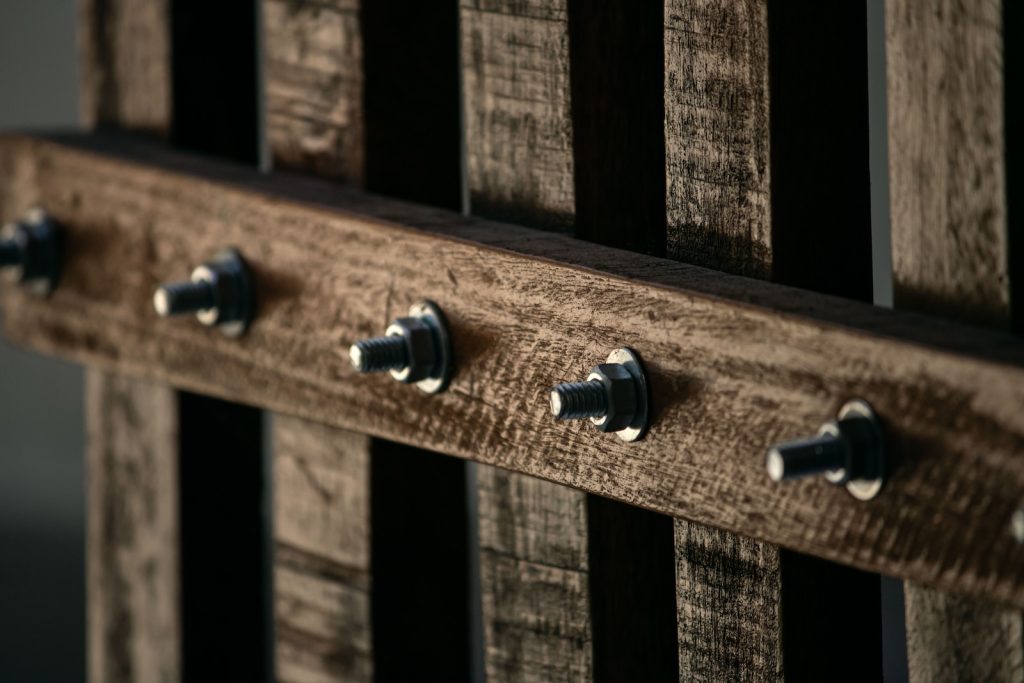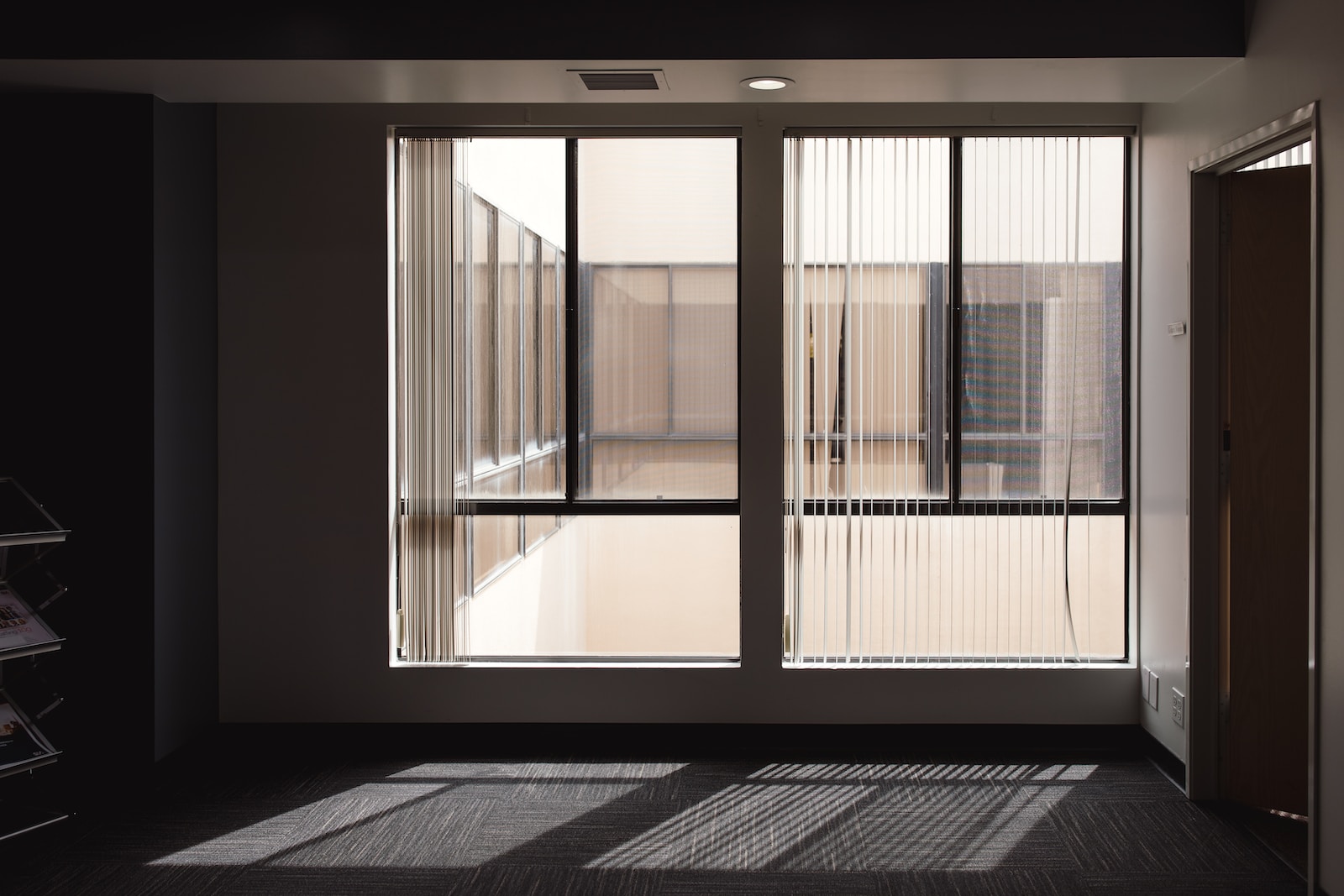Greetings, fellow container home enthusiasts! I’m Emily Owens, your trusty guide to the world of container homes for the past four years. Today, we’re diving headfirst into the exciting realm of advanced construction methods for building container homes. We’ll explore innovative techniques, materials, and technologies that can save you time, money, and energy while creating your dream sustainable living space. So, fasten your seatbelts (or in this case, your container doors), because we’re about to embark on a construction adventure like no other!
The Container Home Revolution
Container homes have taken the world by storm, and for a good reason. They offer a unique blend of sustainability, affordability, and versatility. These rugged steel boxes, originally designed for shipping goods across oceans, have found new life as modern, eco-friendly dwellings.
However, constructing a container home isn’t without its challenges. Traditional construction methods can be time-consuming and costly. Fortunately, innovative builders and architects have been experimenting with advanced techniques to streamline the process and enhance the quality of container homes.
The Power of Prefabrication
One of the game-changing advancements in container home construction is the use of prefabrication. Prefabrication involves manufacturing various components of the home in a factory setting and then assembling them on-site. This method significantly reduces construction time and waste, making it a sustainable and cost-effective choice.
Example: The “Boxed Haus” Project
Let’s take a look at the “Boxed Haus” project in Texas, which utilized prefabrication techniques to create stunning container homes. These homes are built with precision in a controlled environment, ensuring high-quality construction. Once on-site, they can be assembled quickly, reducing disruption to the surrounding environment and communities.
Innovative Insulation Solutions
Container homes may look cool, but they can also get quite toasty in the summer and chilly in the winter due to their steel structure. To combat this, advanced insulation methods have been developed.
Example: Spray Foam Insulation
Spray foam insulation has become a go-to choice for container home builders. This insulation type forms a seamless and airtight barrier, offering excellent thermal performance. It’s also easy to apply, ensuring that every nook and cranny is well-insulated, making your container home comfortable year-round.
Cutting-Edge Foundation Systems
A solid foundation is essential for any home, and container homes are no exception. Traditional foundation systems can be costly and time-consuming, but innovative methods have emerged to simplify the process.
Example: Screw Piles

Screw piles are a game-changer for container home foundations. These metal piles are screwed into the ground, providing excellent stability and load-bearing capacity. They’re also eco-friendly, as they minimize soil disturbance and are easily removable if you decide to relocate your container home.
Sustainable Energy Solutions
Container homes are well-suited for sustainable energy systems. The small footprint and modular design make it easier to power your home with renewable energy sources.
Example: Solar Panels
Solar panels have become a staple in container home construction. They can be easily installed on the roof or surrounding land, harnessing the power of the sun to provide electricity and reduce your carbon footprint. Plus, they can often be integrated into the design for a sleek, modern look.
Smart Home Integration
In the age of smart technology, your container home can be as advanced as you desire. Smart home systems allow you to control everything from lighting to security with the touch of a button.
Example: Voice-Activated Controls
Imagine walking into your container home and saying, “Lights on” to illuminate your living space. Voice-activated controls, like those offered by Amazon’s Alexa or Google Home, are becoming increasingly popular in container homes. They provide convenience and can help you reduce energy consumption by easily managing your home’s systems.
Embracing Sustainable Materials
Container homes are already eco-friendly due to their repurposed containers, but the use of sustainable materials can take them to the next level.
Example: Bamboo Flooring

Bamboo is a sustainable alternative to traditional hardwood flooring. It grows rapidly and can be harvested without harming the environment. Bamboo flooring adds a touch of natural beauty to your container home while keeping your carbon footprint in check.
Conclusion
The world of container homes is evolving, and advanced construction methods are leading the way. From prefabrication to innovative insulation, sustainable foundations, energy solutions, smart home integration, and eco-friendly materials, container homes are becoming more efficient and comfortable than ever before.
As you embark on your container home journey, consider incorporating these advanced techniques to create a space that is not only visually striking but also environmentally conscious and cost-effective. The future of container homes is bright, and I can’t wait to see what innovative builders and designers will come up with next. Until then, happy container home building, my fellow enthusiasts!
So, what’s your favorite advanced construction method for container homes? Share your thoughts in the comments below, and let’s keep the conversation going. Until next time, stay curious and keep dreaming of your perfect container home!



















Find Us on Socials